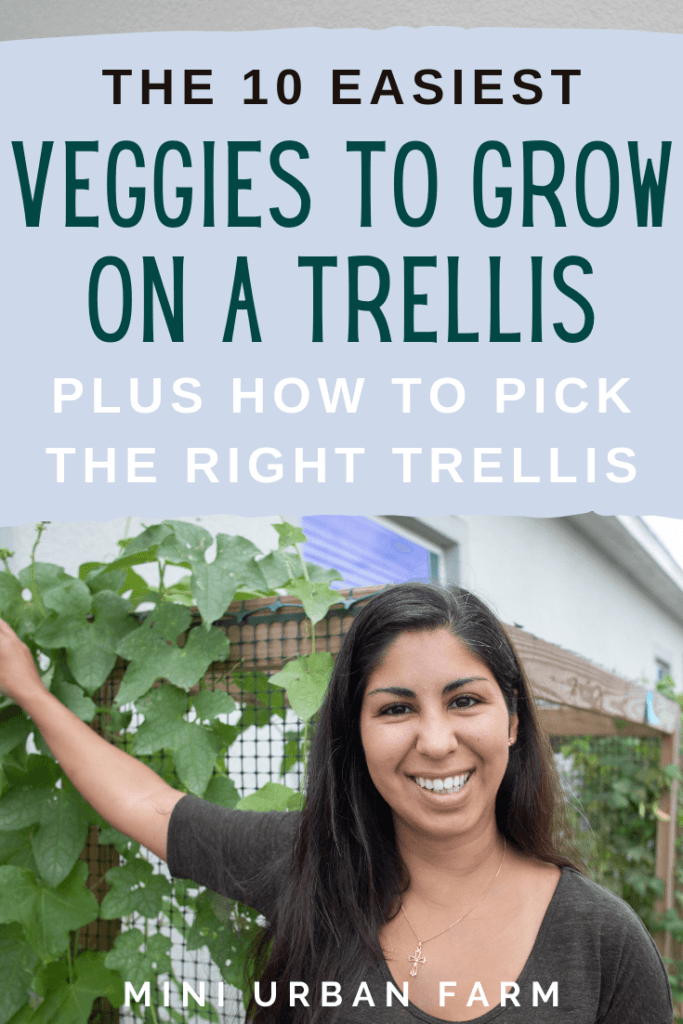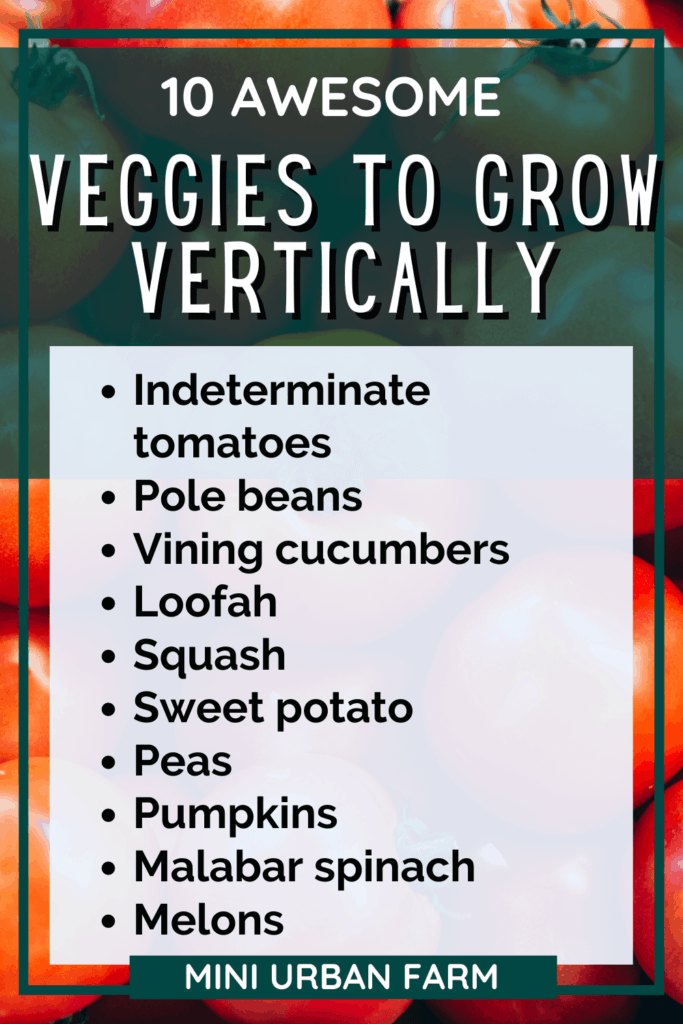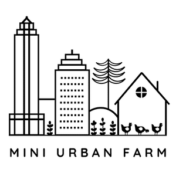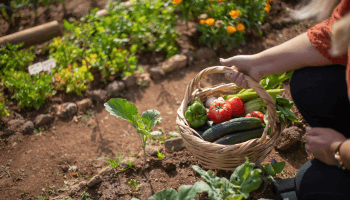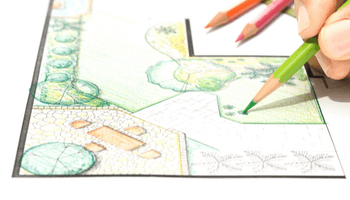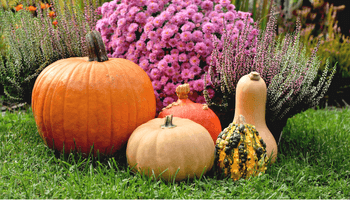Growing on trellises is a great way to maximize space in an urban garden! In fact, it’s one of my all time favorite techniques for growing all my own food in a small space. But unfortunately, not all vegetables can be trellised. There are quite a few, though, that do really well growing vertically and even have less issues when grown on trellises. Here are my absolute favorite vegetables that can be trellised, and some benefits of vertical gardening!
Vegetables that can be trellised:
- Indeterminate tomatoes
- Pole beans
- Vining cucumbers
- Loofah
- Squash
- Sweet potato
- Peas
- Pumpkins
- Malabar spinach
- Melons
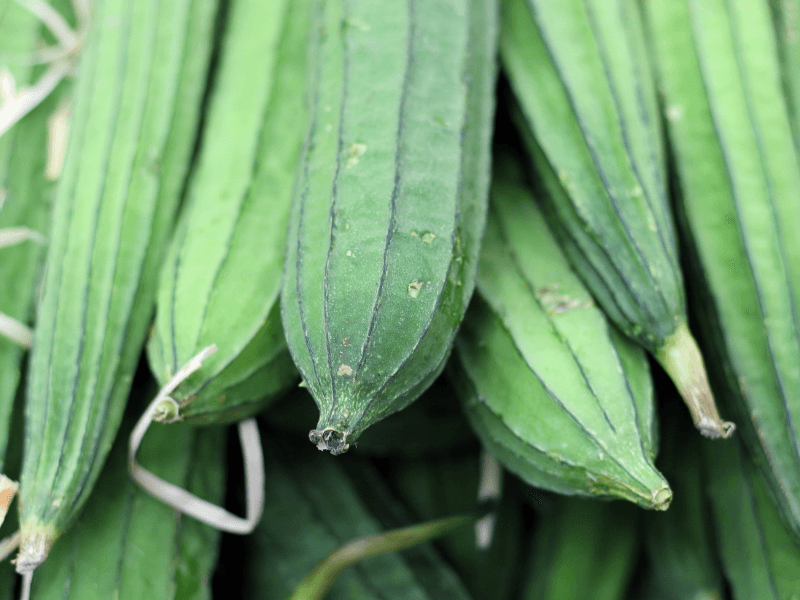
Disclosure: This post may contain affiliate links. If you purchase a product through one of our affiliate links we make a small commission from the sale at no extra cost to our readers.
VEGETABLES THAT CAN BE TRELLISED
Vertical gardening is one of the best ways to maximize your garden space. And growing your food on a trellis is one of the best urban gardening tips of all time!
Not only does it allow you to take up less of a footprint – which is essential in urban gardens – but it also prevents a lot of issues like disease!
I’ve been growing on trellises since I began gardening.
And while there are a few more steps to consider when trellising vegetables, it will allow you to be that much more productive, if you do it right!
And for more gardening resources, get access to our free gardening resource library! It will help you fast track your garden and it only takes 5 seconds!
BENEFITS OF TRELLISING VEGETABLES
While some trellised vegetables need a little more attention than others, there are a myriad of benefits to trellising your vegetable plants. They include:
- Growing more food in a smaller space
- Better airflow, which allows for healthy vegetables that mature to full size
- Prevents your vegetables such as tomatoes, cucumbers, and pumpkins from contact with soil, preventing moisture and rot
- Helps curb the spread of diseases by keeping foliage off the ground, ultimately preventing disease
- Makes harvesting easy and helps protect your back
1) INDETERMINATE TOMATOES
If you;ve watched any of my garden tours, you’ll know that indeterminate tomatoes are one of my all time favorite things to grow!
Not only do they grow quickly, but they tend to produce a lot of fruit and act as a perennial in my zone (zone 9b.)
Indeterminate tomatoes grow on vines, making them the perfect candidate for a trellis!
Most varieties of tomatoes are also prone to blight, so getting them spaced out and off the ground really helps.
Plus, indeterminate tomatoes come in all shapes and sizes!
Here are some of my favorites:
- Small fruited tomatoes: Grape tomatoes (grown from supermarket tomatoes), Black Cherry (have a purple color and are very sweet) and Sungold (a great multi-purpose cherry tomato)
- Medium fruited tomatoes: Orange Peach (fuzzy and orange), Amish Paste (amazing for paste)
- Large fruit varieties are Big Rainbow (huge and resistant to cracking), Lillian’s Yellow (large, dense, and yellow), Cherokee Purple (great heirloom slicer)
2) POLE BEANS
Pole beans are avid climbers, which makes them some of the best vegetables for a trellis!
They are easy to grow and do not need extra help to cover a trellis or any other support you have put for them.
Plus, they grow fast!
They also have a better harvest window compared to bush beans, though they take longer than bush beans to mature.
There are several varieties of pole beans such as yard-long, round pod, or flat pod pole beans, which makes it easy to add variety in your garden!
Pole beans also respond very well to drip irrigation and do well in almost any type of soil!
Psst…want to fast track your garden? Get access to my FREE gardening resource library and start maximizing your garden today!
3) VINING CUCUMBERS
I love growing cucumbers because they’re so versatile and so perfect for some alternative summer salads!
But if you’re looking to grow cucumbers, make sure you select seeds from a vining variety, and not bush cucumbers!
The bush variety does not need to be trellised as it is compact and ideal for growing in containers. But vining cucumbers bear more fruit!
So if you grow your cucumbers in raised beds like I do, make sure you have a trellis that they can grow up on – and you’ll barely even need to help them trellis!
4) LOOFAH
Sometimes spelled as Luffas, Loofah vines are vigorous growers and require sturdy trellises to ensure improved airflow and keep the fruits off the ground.
Loofahs are dual-purpose vegetables and can be eaten as a vegetable when it is young, or allowed to dry into a sponge.
Dried loofah can be cut up and used for skin exfoliation, as kitchen sponges, and even as bath sponges!
Just make sure that the trellis is strong enough to support the weight of the mature loofah gourds, as they can get quite heavy!
And every once in a while, you’ll want to re-route them onto the trellis, since they tend to “grab” onto anything nearby – like the side of my house!
5) SQUASH
Squash are hungry feeders that hog all the space for themselves. They latch onto anything they can lay their tendrils on.
And if space is something you don’t have plenty of in your garden, a trellis is your best option to grow squash.
This also allows sufficient air to flow between the vines and other plants, which keeps them healthy and reduces the spread of diseases such as blight and powdery mildew!
Plus, supporting your squash on a trellis keeps them away from small animals. And gives you better fruit that has fewer blemishes from laying on the ground.
Because squash are heavy, you might need to offer them extra support like using socks to pantyhose to hold up the fruit!
And it’s not just winter squash that can be trellised, summer squash can grow up a trellis too – if you train it right!
6) SWEET POTATO
If you’re a gardener with limited space and you want to grow some sweet potatoes, using a trellis may be the way to get this tuber up and growing.
A sweet potato vine can reach up to 20 feet in length, which is a big sprawl, and can eat into your garden space pretty quickly if left on the ground!
Sweet potato vines are more crawlers than climbers. As they crawl, the vines set roots along the length of the stem where they touch the soil.
This causes them to suppress other plants in your garden by taking all the space, hogging most of the nutrients, water, and sunlight.
So to successfully grow a sweet potato vine on a trellis, you have to plant the slip at the base of the trellis. And then help them weave in and out vertically as they grow.
Once they’re established, however, you’ll get a beautiful plant that makes your garden look amazing!
7) PEAS
I grow peas on a trellis in my garden during the fall and they thrive!
They also don’t need tons of help trellising since they are natural climbers and their tendrils latch onto the trellis as they grow.
And because peas grow naturally vertically, they save you a lot of space in the garden!
They also give you a great harvest compared to the growing area they have, just remember to eat them soon after harvest before they lose their freshness and natural flavor.
And of course, there are many different types of peas you can choose. But all of them will give you beautiful flowers to admire!
8) PUMPKINS
Pumpkins are a great fall crop!
I mean, you have pumpkin pie, pumpkin bread, and even pumpkin lattes!
So why wouldn’t you plant out some pumpkins for a fall harvest – especially when they take up almost no space!
Pumpkins, like winter squash, do really well when grown vertically since they have tendrils that latch onto the trellis easily.
The main concern with growing these on a trellis, however, is the weight!
Pumpkins can get pretty heavy. So choosing a smaller variety or giving them extra support is key!
And of course, make sure your trellis is sturdy enough to hold the weight.
Check out this video for a super sturdy trellis design that only takes an afternoon to build!
9) MALABAR SPINACH
If you’ve ever tried to grow salad greens in the middle of summer, you know it tends to wilt once the temperature gets too hot.
Malabar spinach is one heat-loving variety of leafy greens that not only does well in the heat, but grows perfectly on a trellis too!
Plus it grows pretty fast and it’s easy to look after!
Malabar spinach has a high nutritional value that consists of vitamins A and C, calcium, and iron. And if that’s not enough it also has a high amount of magnesium, phosphorus, potassium, and antioxidants.
Who doesn’t want to grow a crop like that in their garden?
And because Malabar spinach latches on naturally, it does not need a lot of help to climb. Making it a great “set it and forget it” type of plant.
Although Malabar vine can be left to crawl on the ground, it can grow up to 20 feet or longer. So if you’re not looking to have it overrun your small garden, it’s best to let it trellis!
10) MELONS
Okay, okay.
So this technically isn’t a vegetable. But hear me out.
In a vegetable garden there aren’t too many fruits that will grow the same way a vegetable does – and right next to the rest of your crops also.
So I opted to include this one on my list of things to grow on a trellis, because, well why not?
And who doesn’t like the taste of a cold, juicy slice of melon on a hot summer day?
But if you’re planning on growing melons in your garden you might have to fight for space because melon vines are sprawling and can take up much of the space in your garden. So to solve the space problem, you might want to think about erecting a trellis to allow the melons to grow vertically.
And just like other items on this list, melons tend to get pretty heavy. So make sure you have a strong trellis and a few extra supports.
Or opt for a smaller variety like Sugar Babies or Tigger Melons!
Growing up a trellis also prevents your melons from falling prey to insects, pests, rotting, and other soil-borne diseases.
TYPES OF TRELLISES
There are so many different types of trellis.
And mostly they have the same function. To keep your vegetables off the ground and maximize your garden space and efforts.
But certain trellises are better suited to different veggies (and even certain varieties of vegetables.)
So knowing which ones to choose will help your garden flourish, and help you to get the best harvest!
That’s why it’s important to plan out your garden ahead of time! And if you’re looking for a step by step guide to get you started, check out my Starting Your Urban Vegetable Garden workbook!
Types of trellises for vegetables include:
- A-Frame – great for raised beds and planting underneath them in the shade
- Flat – good for narrow spaces and harvesting on both sides
- Teepee – good for smaller vines and bush varieties
- Lean to – great for growing underneath in the shade
- Arch – usually made from cattle panels and allows you to walk under to harvest
HOW TO CHOOSE THE RIGHT TRELLIS
- Veggies you want to plant – Veggies such as peas require different trellises than tomatoes, for instance.
- Sturdiness – A trellis should be strong enough to support the vines of all the vegetables you’re growing, not just individual varieties
- Weather conditions – Can your trellis withstand the weather in your area? Will it topple over, rust, or bend under pressure?
- Size – How tall or wide do you need your trellises to be? This will depend on what you’re growing and how much space you have
- Aesthetic – you want your garden to look nice, so make sure your trellises fit in with your space!
And remember that you can always have multiple types of trellises in your garden!
The prettiest gardens I’ve seen always have multiple types of trellises. Teepee trellises for determinate tomatoes, arched trellises for pole beans, and flat trellises for several other vegetables.
Not only will this help to diversify your garden, but it will help your plants stay healthy too!
So use this list of vegetables that can be trellised to plan out your dream garden space, buy the right seeds, and create a healthy, productive garden!
I hope this was super helpful! And for more gardening resources, get access to our free gardening resource library! It will help you fast track your garden and it only takes 5 seconds!
PIN VEGETABLES THAT CAN BE TRELLISED!
